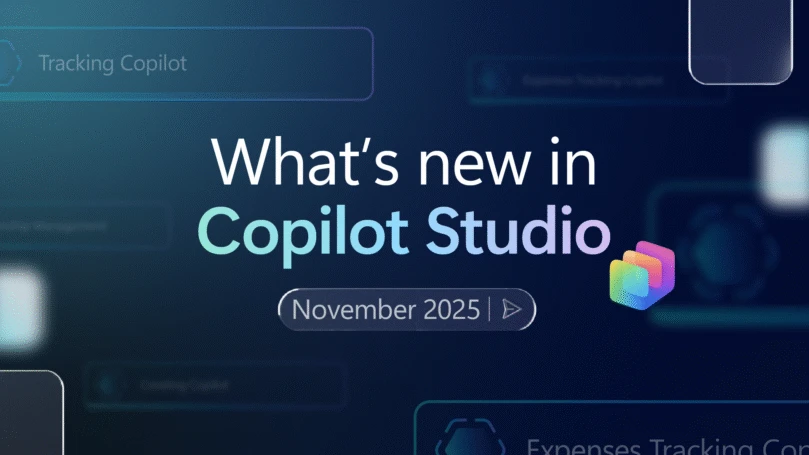Hybrid work promises us the best of all worlds. The ease and comfort of working from home, the connection and energy of engaging with our coworkers in the office, and the flexibility and opportunity of working where we want. But today, there are still challenges preventing this promise from becoming a reality.
Microsoft Teams Rooms
Connect people across the hybrid workplace.

One consistent question I hear from customers is what is the purpose of the office? It’s clear that the role of the office has changed. To make the office worth the commute, employees need a good reason—more than simply “because I said so.” That reason, we’ve found, is each other. But it’s hard to know when colleagues are coming in, and too often, employees have commute-regret: the unique frustration of making the commute just to be alone in the office, doing work they could have done from home. And to make matters more challenging, people returning to the office often find spaces that haven’t evolved since 2019.
Leaders, meanwhile, lack data and tools on employees’ evolving work habits, forcing them to make policy and infrastructure decisions without knowing if those changes will make things better.1 Leaders deserve to know that the office spaces they’re investing in are right for how employees work best.
Optimize workspaces with Connected Workplace
Reimagining the workplace to support true flexibility will require technology to bridge the physical and digital divide. To do that, a new category of technology solutions is emerging called Connected Workplace. The Connected Workplace helps create modern workplaces equipped with technology that enables every employee to achieve their best outcomes. It then uses the information collected from modern workplaces to learn so places can easily adapt to employees’ changing needs.
“We believe that organizations can create more engaging experiences for employees while getting more from their physical assets, by using technologies that can help streamline the work day, balance employee inclusion and experience, and support ongoing portfolio optimization.”
—Phil Kirschner, a Senior Expert at McKinsey & Company on the future workplace.
Employees want to work in spaces that have been designed for their needs. In fact, by 2025, organizations will spend USD81 billion2 on technology solutions in the workplace in order to optimize the USD4.4 trillion3 corporate real estate market. This market spans several siloed segments that address workplace experience, provide valuable data on occupancy and space utilization, support the infrastructure of buildings, contribute to the design and construction of spaces, and guide strategic planning related to real estate portfolios.
Microsoft work trend index
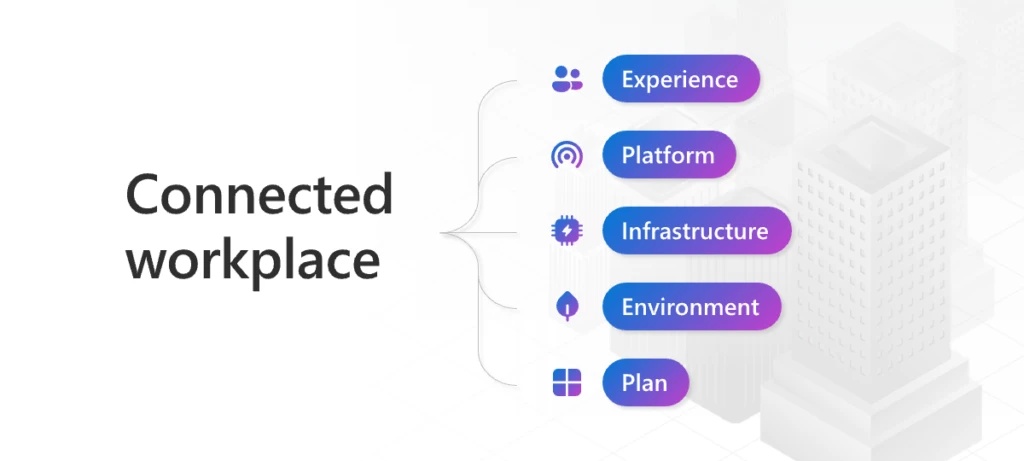
“The ‘future of work’ necessitates a new approach—one that helps people connect to space and to one another in considerably more dynamic and engaging ways. Technology will play an essential role in enabling individuals to make daily decisions that optimize how they work and offer insight to organizations that are focused on managing their environments and operations with greater agility.”
—Georgia Collins, Executive Managing Director, CBRE.
Introducing Microsoft Places
When spaces have meaning and purpose, they become places. That comes from people gathering, bonding, and sharing an experience together. It’s what makes a house a home—and an office worth coming into.
Today I’m excited to introduce Microsoft Places, our new connected workplace platform that will reimagine hybrid and in-person work. This platform delivers solutions that coordinate where work happens, modernize the office with intelligent technology, and optimize the workplace for changing needs.
See more about the vision of where we’re heading with Microsoft Places.
Let’s go deeper into each of these areas to bring Microsoft Places to life.
Coordinate where work happens to achieve the right outcomes
Microsoft Places hybrid scheduling will leverage common data signals from Outlook and Teams to allow you to view the week ahead and see when your co-workers and close collaborators are planning to be in the office. You’ll understand the days with the most in-office attendance, allowing you to adjust your schedule to take advantage of valuable in-person connections. Intelligent booking will help you discover available spaces with the right technology to match your meeting purpose and mix of in-person or remote participants. And you’ll get recommendations for the shortest commute times—with prompts telling you when to leave based on that day’s traffic and when your meetings are scheduled. With Microsoft Places, you can prioritize your time while maximizing in-person connections.
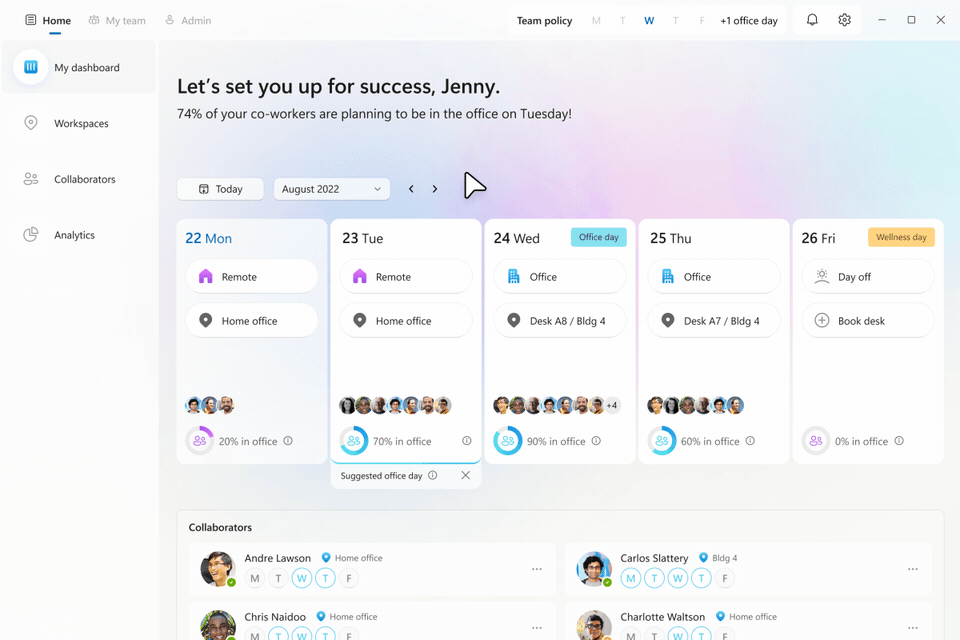
Modernize the office with intelligent technology
Technology can dramatically improve the in-office experience, especially places that were not built for hybrid work. With wayfinding, you’ll no longer waste time looking for the right conference room or following outdated building signs; instead, you’ll be able to access a map on your mobile device that guides you to the right place. Desk booking will allow you to see where your closest colleagues are sitting and choose your desk accordingly. And once you get to the right room, Microsoft Teams Rooms empowers everyone to participate regardless of location, thanks to its thoughtful, inclusive features. With the goal of rebuilding and strengthening bonds, Microsoft Places will also facilitate serendipitous meet-ups, allowing colleagues to easily create impromptu meet-ups and share with others in the office. With Places, offices are more responsive to everyone’s needs.
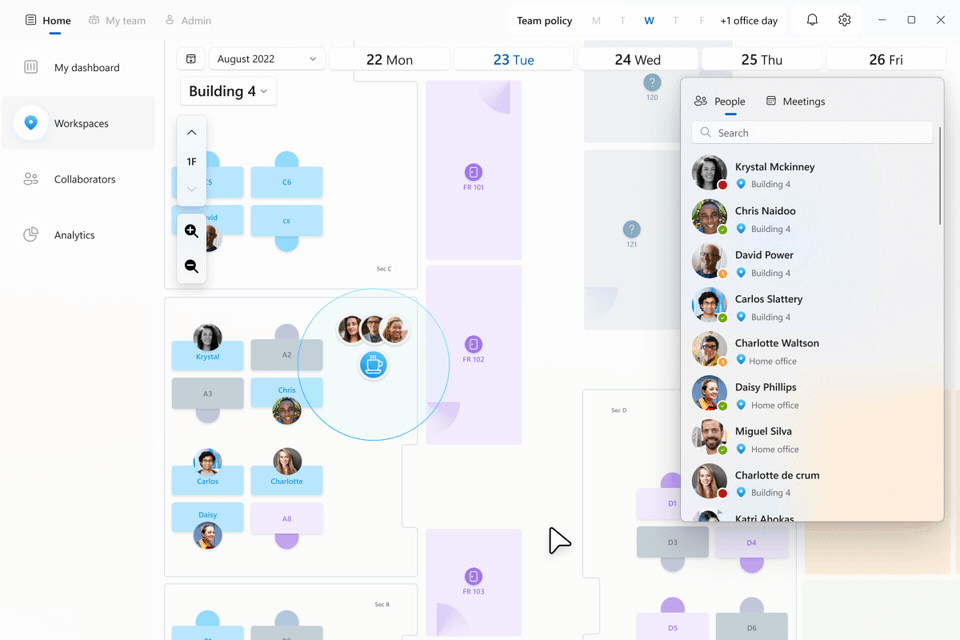
Optimize space and costs for changing needs
To better manage physical space, leaders need space insights such as utilization data, energy-saving opportunities, and occupancy trends. These valuable inputs are what guide dynamic space adjustments on a particular day, like changing excess huddle rooms to overbooked collaboration rooms. And with advanced knowledge of expected occupancy, leaders can go further with their space optimization, reducing available floors on lighter days—saving energy expenditures and improving workplace experience. Leaders can also aggregate trends about people and places across their entire portfolio, creating more flexible, dynamic, and sustainable places that support new ways of working.
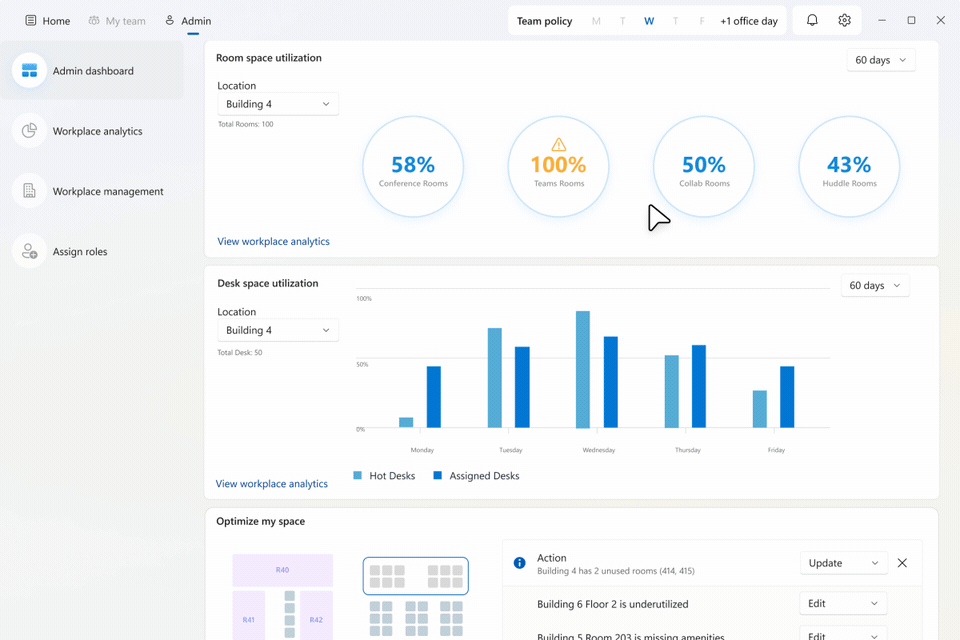
Finally, Microsoft Places will be integrated with the Microsoft 365 solutions customers use every day, like Outlook, Teams, and Viva. It will leverage and enhance the rich set of data available on the Microsoft Graph, combining people and place signals. Unifying those data assets will enhance first and third-party solutions and address our customers’ biggest challenges related to how, when, and where people work. All the data collection on the Microsoft Graph and Microsoft Places platform adheres to our stringent privacy standards. Users will know what data is collected and be able to opt-in and out, and information will show trends without singling out individuals.
Microsoft Places will be available through private preview in 2023.
Together with our partners
To make sure we’re solving the most pressing challenges about where work happens, we’ve partnered with companies across the Connected Workplace field. Our ecosystem of partners will build on top of the Places platform with new and existing solutions, leveraging and enhancing the rich data of the Microsoft Graph.
We’re proud to partner with industry leaders across all segments of the Connected Workplace market: Experience, Platform, Infrastructure, Environment, and Planning.
| Accenture |  |
| Appspace | |
| Autodesk | |
| Avanade | 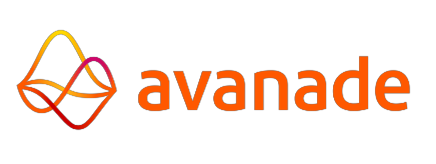 |
| CBRE | |
| Condeco | |
| EY | 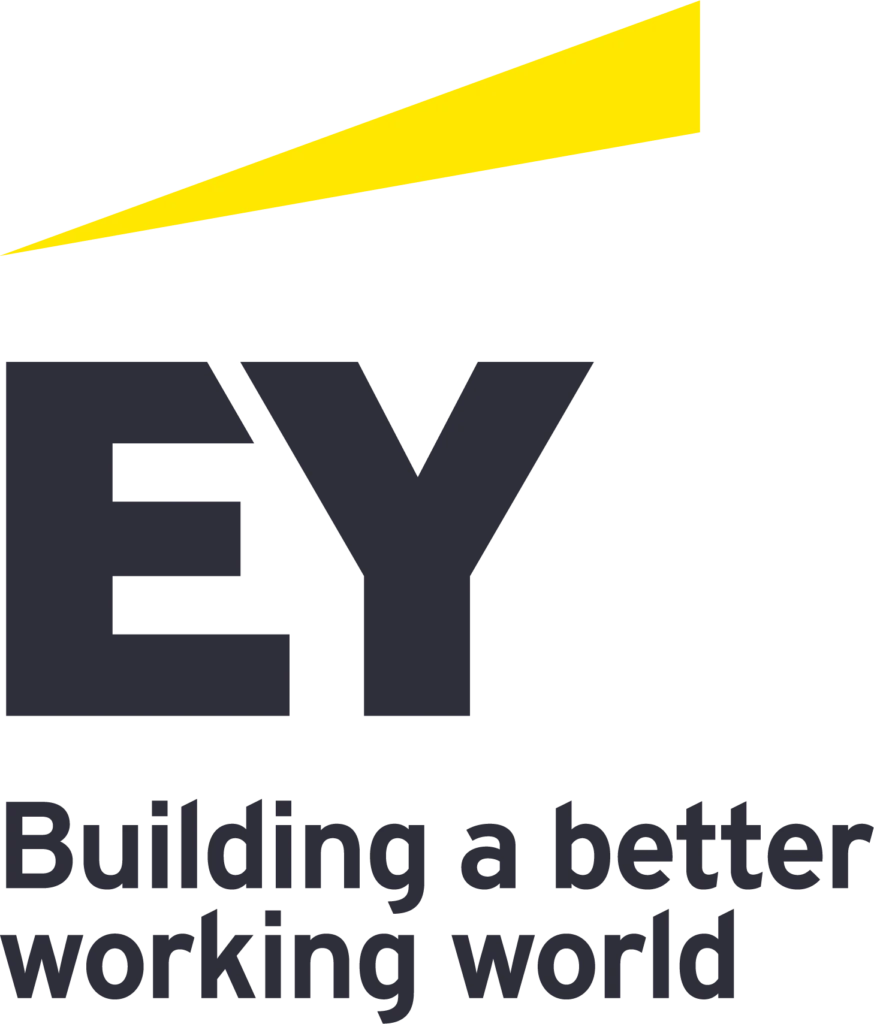 |
| Genetec | |
| HID Global |  |
| Honeywell | |
| Host from CBRE |  |
| Johnson Controls | 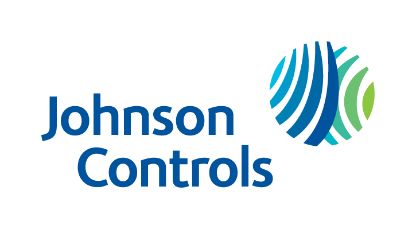 |
| JLL |  |
| Kastle | 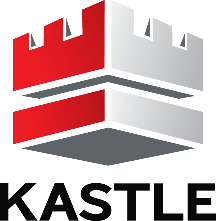 |
| LenelS2 | |
| RightCrowd | |
| Robin | 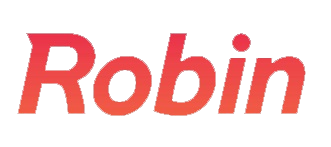 |
| SwiftConnect |
Together with our ecosystem of partners, Microsoft Places will help create holistic and impactful solutions to address the changing workplace needs of our customers.
Start creating your places today
The process of turning a space into a place starts with creating better, more inclusive employee experiences—and then capturing and accruing the data from those experiences to provide insights that guide further space optimization. That’s why Microsoft Teams Rooms is the right starting point for your organization. It not only is one of the most critical hybrid enablers in every office but its usage and management data will be leveraged in Microsoft Places.
With the right technology, we can transform offices to fit our ever-evolving needs. By creating responsive, flexible, and dynamic places to work—and offering solutions that help prioritize time and maximize in-person connection—Microsoft Places will help make the promise of hybrid work a reality.
1Hybrid Work is Just Work. Are We Doing It Wrong?, Microsoft Work Trend Index Pulse Report, September 22, 2022.
2Microsoft finance teams’ internal data with IDC
3Microsoft finance teams’ internal data with IBISWorld


